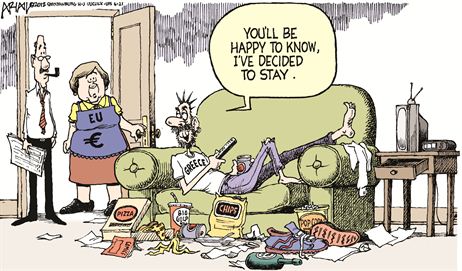What happens when capital flows all of a sudden stop and begin to reverse? From 2000 to 2008, one half of Europe (the PIIGS) received huge capital inflows from the other half as well as from overseas. In 2009, there was a sudden stop and a capital-account reversal, followed by an economic crisis. But, we've been here before. In a post at VOX, Oliver Accominotti and Barry Eichengreen compare this recent sudden stop to a similar episode which occurred in Europe in the late 1920s. The working paper on which this post is based can be found here. Hat tip - Chris Colvin.
Michael Aldous and I had our book The CEO: The Rise and Fall of Britain's Captains of Industry published a few weeks ago. You can find out more about it and buy it at Cambridge University Press's website . It is also available at Amazon , Waterstones , and Barnes & Noble . The CEO has already been reviewed in The Sunday Times , The Observer and Financial Times .
